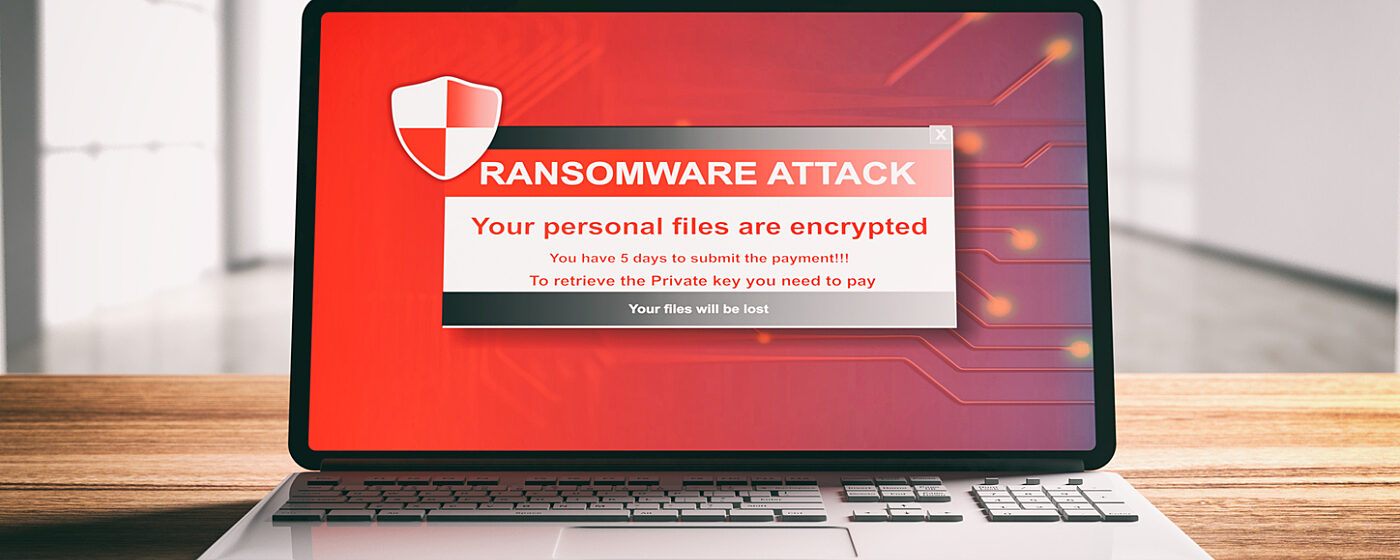Ransomware attacks had a record year in 2022, and they are likely to extend that streak into 2023. This is good news for criminals and hackers, but it spells trouble for the rest of us. Scammers, hackers, and others can joyfully skip away with your valuable data in the blink of an eye if you aren’t careful. Reviewing ransomware trends and how you can protect yourself is the best way to insulate yourself from ransomware attacks.
How Ransomware Works
The tricky thing about ransomware is that it can disguise itself in several ways. There are many different attack avenues that a criminal might attempt to exploit. It is impossible to know for sure which option they will take until it is too late. That said, there are some known ways that ransomware attacks have occurred in the past. CSO Online describes a few of them:
There are a number of vectors ransomware can take to access a computer. One of the most common delivery systems is phishing spam — attachments that come to the victim in an email, masquerading as a file they should trust. Once they’re downloaded and opened, they can take over the victim’s computer, especially if they have built-in social engineering tools that trick users into allowing administrative access.
Essentially, spammers will make every effort possible to manipulate you. They will trick you into providing them with the sensitive and valuable information they seek. Also, they often put up a smokescreen in the form of what appears to be a legitimate email or website. This is to trick you into providing them with your details. Given that this is known, you must focus on ransomware prevention measures to keep yourself safe.
Mitigating Ransomware Incidents: Steps You Can Take Today
There is no doubt that being proactive when working on preventing ransomware attacks is far and away the best option to keep yourself safe. There are tools for detecting ransomware that you might want to invest in. Meanwhile, you can also take a series of steps as part of your ransomware response plan development. These steps include:
Employee Training for Ransomware Defense
No matter how many measures you take to protect yourself from the possibility of a ransomware attack, they will all be moot if you don’t first train your employees on how to keep your systems safe. This means going over basic procedures such as establishing strong passwords before using any system. Also, provide them with examples of the kinds of ransomware attacks that your business may face.
Conduct Network Safety Assessments
It is best to conduct routine network safety assessments to see where things are in the state of play as it were. This means that you will want to review any potential vulnerabilities within your system. Additionally, ensure that those vulnerabilities are not allowed to continue to linger without being recognized as a potential issue. If you do detect a potential problem within your system, take the time necessary to clear it up. Put it in the proper defensive measures to keep yourself safe.
Improve Passwords
It remains true that one of the biggest stumbling blocks for many employers is the fact that their employees might not take enough responsibility for the types of passwords they create on their accounts. It may also be necessary to review the value of strong passwords. Provide materials that show employees how to truly create passwords that are strong enough to ward off potential hackers and others.
Review Ports and Access Points
The number of places where your company might be vulnerable to attack can be vast. You should try to narrow down the holes in your defenses. Review the ports and access points that exist to see if there are any that can be eliminated. You may be surprised by how open your network is once you truly begin to investigate it. In addition, close down the areas that could pose a real risk to your operations. Make sure you are only allowing the people who have a reason to have access to tap into it. Otherwise, you are exposing yourself to more risk than what is necessary.
These are a few of the ways that you can work toward mitigating ransomware incidents. You should take all of this into account. Understand that you might need to adapt your culture to create an environment where you are better insulated from the possibility of a serious attack against your technological infrastructure. Given that these types of attacks are now on the rise, you don’t want to take any chances with something like this when you don’t need to.
Take these strategies into account as you work on creating a plan for how you will deal with the next ransomware attack. You might have to react to the fallout of such an attack. Hopefully, you can adapt your defenses in such a way that you prevent this type of attack from occurring in the first place.


